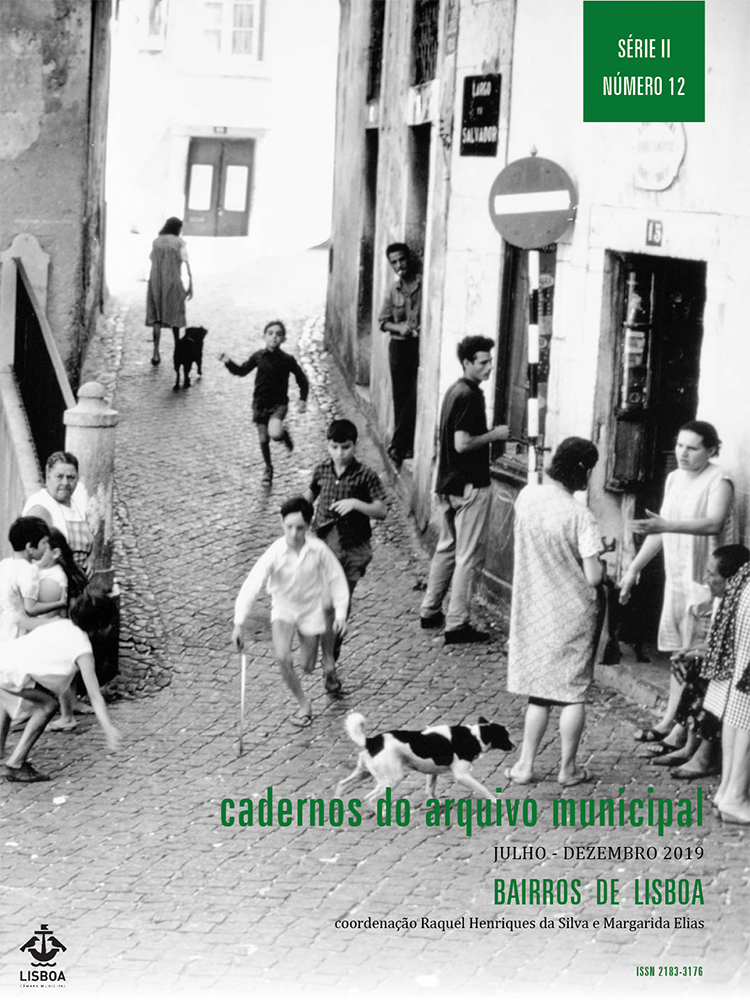Saint Joseph of Lisbon: a counterrreformation neighbourhood
DOI:
https://doi.org/10.48751/CAM-2019-12120Keywords:
Neighbourhood, Saint Joseph, Brotherhoods, Catholic ReformationAbstract
This article examines the development of the São José neighbourhood in Lisbon and how that development was closely connected with the Catholic Reformation. In 1567, in the aftermath of the Council of Trent, a hermitage dedicated to Saint Joseph, situated close by one of the main access roads into Lisbon, was transformed into the headquarters of a new parish. The choice of Saint Joseph as parish patron was not a mere coincidence. It made part of a deliberate strategy of dissemination of the Counter Reformation ideology, making use of the basic administrative cell of the Catholic Church, the parish. The compulsory requirement for parochial
registers and for the participation of the faithful in the religious acts contributed decisively to the formation of communitary bonds among the neighbours of Bairro de São José.
Downloads
Downloads
Published
How to Cite
Issue
Section
License
Copyright (c) 2019 Miguel Monteiro de Barros

This work is licensed under a Creative Commons Attribution-NonCommercial 4.0 International License.
The authors retain copyright and grant the journal the right of first publication, with the work simultaneously licensed under the Creative Commons Attribution License CC BY-NC 4.0 which allows sharing and adapting the text as long as its authorship is correctly attribbuted with recognition of the initial publication in this journal.









